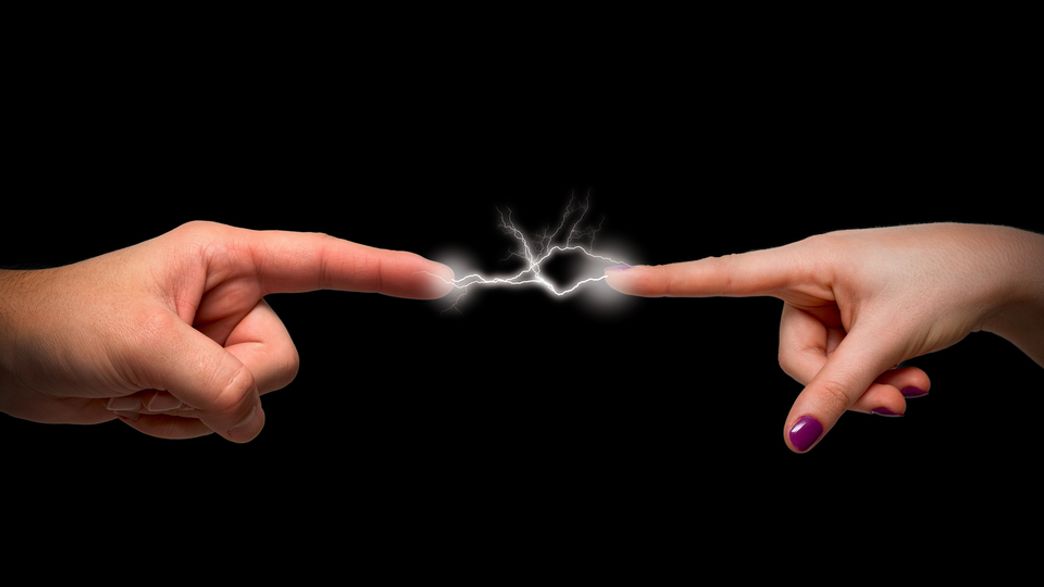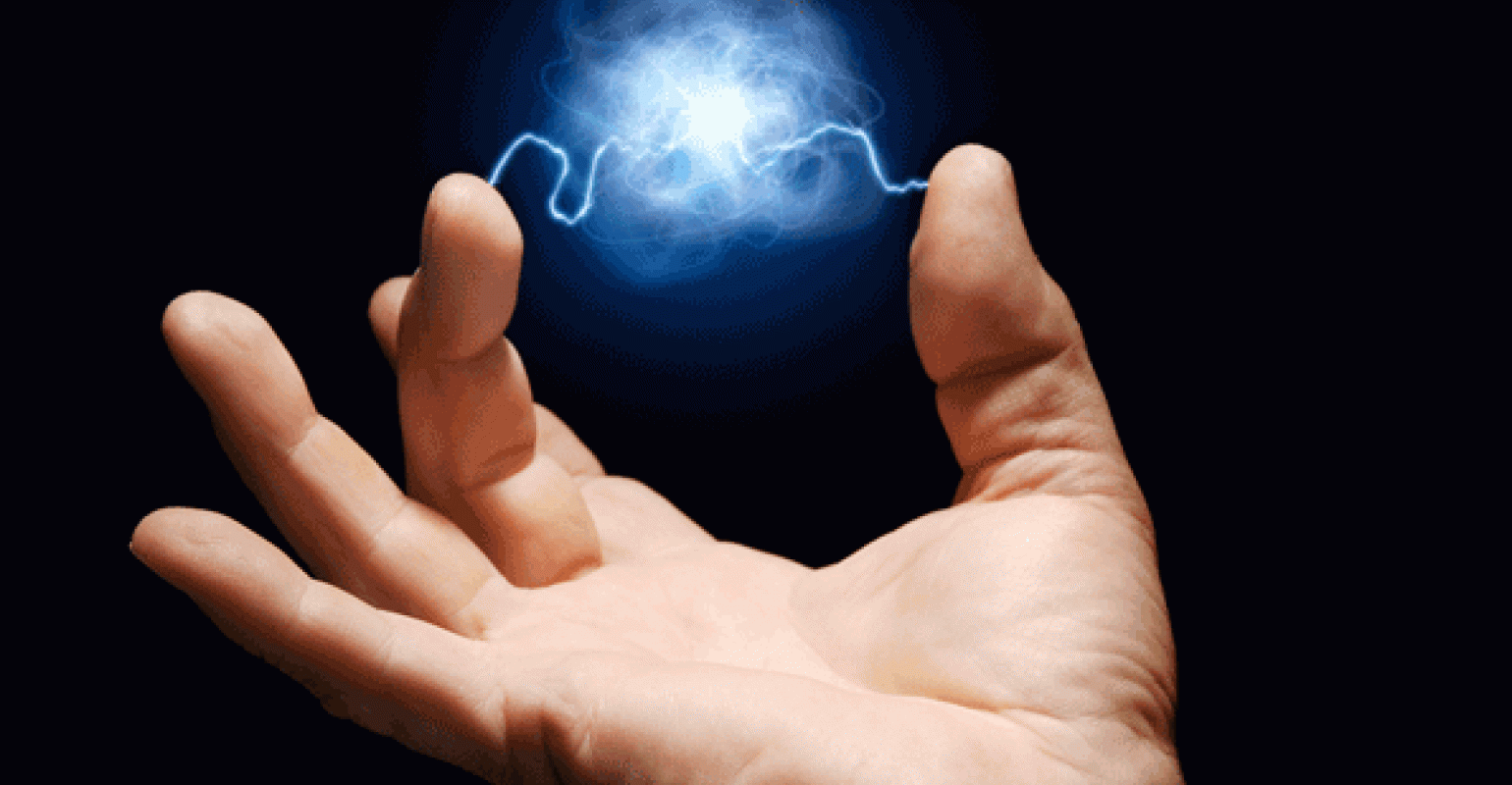Almost all of us have encountered static electricity in our daily lives. For example, we may have seen spark jumps and heard sparks while putting on and taking off our woolen clothes on winter days. On such days, the static charge accumulated in our body wants to be discharged with sparks when we approach a piece of metal or come into contact with another person. For example, when we rub a glass rod on silk fabric or an amber stone on wool, the glass and amber will be charged with a static charge and will attract small pieces of paper. To understand how all this happens, we need to look at the structure of the atom. All matter is made up of atoms, and atoms are made up of charged particles. Atoms have nuclei consisting of protons and neutrons and shells with electrons around them. Protons are considered "+" electrons "-" and neutrons are considered uncharged. Under normal conditions, all atoms are considered neutral, that is, the number of protons and electrons is equal to each other. If the number of protons in the atom is greater than the electron, the atom is positively charged and negatively charged. Some atoms stick to their electrons more tightly than other atoms. How tightly matter clings to its electrons determines what order it will rank in its triboelectric (frictional electricity) sequence. If a substance tends to lose electrons in contact with another substance, it will have a more positive position in the triboelectric sequence, if it tends to receive it, they will have a more negative position in the triboelectric sequence. In the list below you can see some examples from the triboelectric sequence, from most positive to most negative:
Human hands (especially if they are damp) (very positive)
Glass
human hair
Nylon
Wool
Fur
Lead
Silk
Aluminum
Paper
Cotton
steel (neutral)
Wood
Amber
hard rubber
nickel, copper
brass, silver
gold, platinum
Polyester
styrene foam
Stretch film
Polyurethane
Polyethylene (e.g. duct tape)
Polyprodylene
Vinyl (PVC)
Silicon
Teflon (very negative)
The relative positions of the two substances in the triboelectric array provide a clue as to how they will behave in contact. A glass rod rubbed with silk will have a separation of charges because they are in different positions in the triboelectric (frictional electricity) sequence. The further apart their rows in the table are from each other, the greater the effect. When two non-conductive materials come into contact with each other, a chemical reaction occurs between the two, called adhesion. Depending on the triboelectric properties of the substances, one of the substances can capture the electrons of the other. If these two substances then separate from each other, an imbalance in electric charge will occur. Those that gain electrons become negatively charged, and those that lose electrons become positively charged. In other words, the items are loaded with a static charge. From this load imbalance, the phenomenon known as static electricity arises. Static is a deceptive word in meaning, because 'immobility' suggests a state of being static, whereas in reality what is normal and even necessary is the flow of load imbalances. The spark we feel when we hold a doorknob is an example of this flow. Static electricity is usually measured in Volts. Although 220V mains voltage is considered dangerous, static electricity levels of 100 kV are common. The voltage on a substance depends on two factors, the amount of charge on the substance and the capacitance of the substance. The simple relationship is Q=CV where Q is the load, C is the capacitance, and V is the voltage. Metals are likely to carry high capacitive values, so a relatively high load will produce low voltage. For plastics, the reverse is true, which is why static electricity problems in plastics are most noticeable. There are two main types of static electricity, volumetric and surface. Volumetric static charges are charge imbalances within the body of matter, while surface static electricity exists only on the outermost surface of a substance. In practice, almost all static electricity problems seen in industry are related to surface charges.




